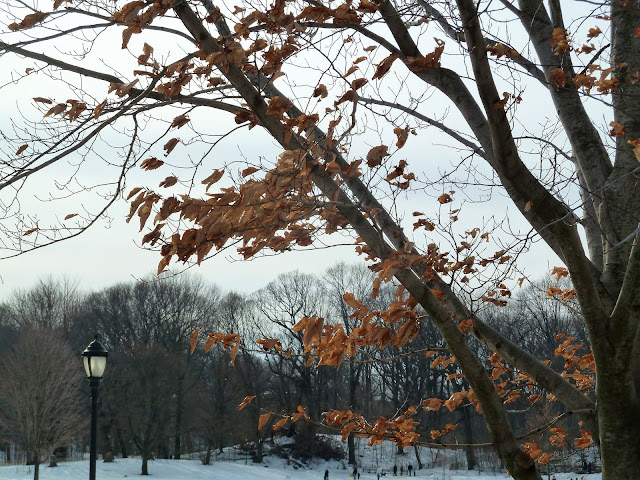
A small grove of pines, near the top of the hill, Prospect Park loop
Cycling and gardening are different pursuits, but they share some things in common. If you ride a bicycle or tend a garden pretty quickly you will begin to wonder how anyone can refer to talk about the weather as small talk. Rain, the threat of or the lack of, will seem ridiculously important. You will come to know which direction the wind blows. Your eyes will pay attention to small details, sparks of light in the shards of glass on the pavement or tiny yellow eggs on the underside of leaves. You will have to learn to adapt your plans to the whims of the weather, small rodents (well, that's only gardening, rodents are pretty inconsequential when it comes to cycling) and luck. Sometimes you get lucky. You catch all the eggs and save your eggplant from the dreaded Colorado Potato Beetle infestation. And sometimes you ride over the glass and get a flat coming up the hill in Prospect Park. You will just have to dismount between a small grove of Pines and a Beech with some leaves still hanging on, catching the winter sun. That's the way it goes.

Beech leaves in the winter sun.

With both pursuits you will mark the seasons in a personal way (your first tomato, your first spring century), you will reap the rewards of the hard work of spring in August, and you will come to know the place where you are more intimately. You will probably remember the great days in each season of the year and you will consider yourself lucky to have spent some of the minutes of them outside pursuing something you love. For me 2011 felt like it started today; with the mild temperature, streets cleared of snow, my first bike ride in the park, the hints of pink in the leaf buds of a Beech, and the first white blooms of the year spotted on the slow jog home.

First Snowdrops blooming, Eastern Parkway.


























































